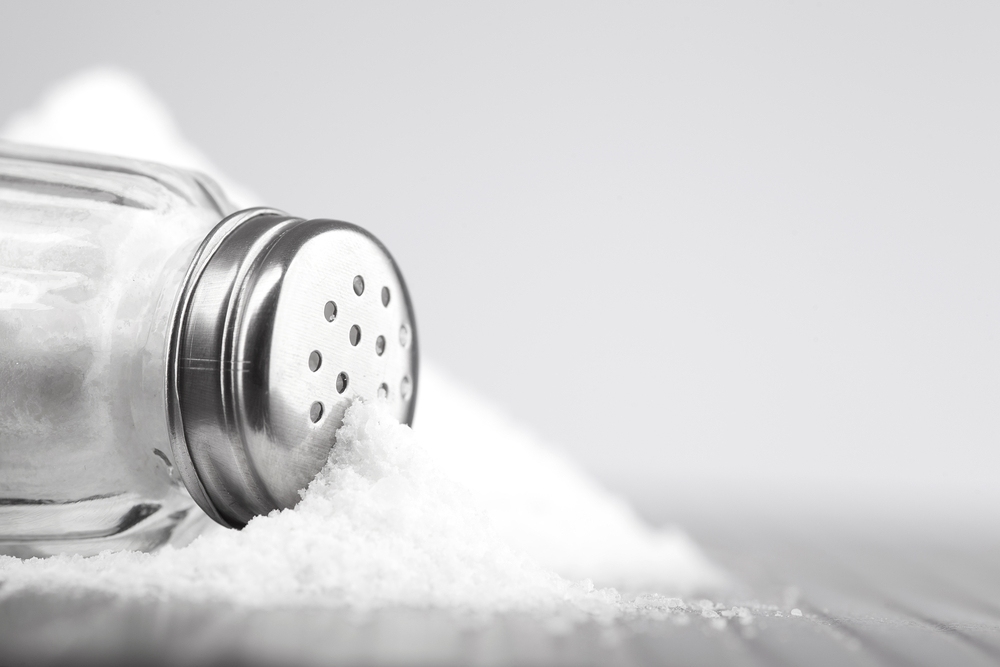
Ordinary salt, healthy balance salt, low iodized salt, non-iodized salt, sea salt, lake salt, rock salt, bamboo salt… We were almost confused by all kinds of salt in supermarkets.
Especially for thyroid patients, salt selection is a headache, because some patients need to avoid iodine diet and some patients need low iodine diet.
How to distinguish all kinds of salt? Director Xie Lei, a thyroid expert, taught you hand in hand.
First of all, we need to understand all kinds of salts.
Xiao Li, director of Xie Lei’s assistant, took advantage of the November holiday to travel through several large supermarkets, bought various kinds of salt and classified the salt.
According to the iodine content, salt is mainly divided into three categories:Iodized salt、Non-iodized salt、Low iodized salt.
However, the salt sold in supermarkets is not limited to these three kinds, which often makes people conspicuous. Let’s take a look at their differences.
1. Ordinary salt (i.e. Iodized salt)
Suitable: Ordinary people.
At present, the common salt on the market generally refers to iodized salt. In Jiangsu and Zhejiang provinces, the iodine content per 100g of common salt is 2 250.0 micrograms. The iodine content of iodized salt in different regions may vary slightly.
2. Non-iodized salt
Suitable: Patients with hyperthyroidism and some thyroid tumors.
Non-iodized salt is generally indicated by the word [non-iodized salt], which may not be available in some supermarkets. The nutritional composition table shows that the iodine content per 100 grams of salt is 0 micrograms, i.e. There is no iodine.
Experts remind: not all patients with thyroid problems should eat non-iodized salt (low iodine diet ≠ non-iodized salt! ). Be sure to eat according to the doctor’s advice, please do not switch to non-iodized salt without authorization.

3. Low iodized salt
Suitable: Some thyroid patients.
Low iodized salt is also generally indicated by the word “low iodized salt”, which may not be available in some supermarkets. The nutritional composition table shows that the iodine content per 100 grams of salt is 2 000.0 micrograms, slightly lower than the 2 250.0 micrograms of common salt.
Experts remind: Like non-iodized salt, whether thyroid patients need a low-iodine diet should also follow the doctor’s advice and do not eat low-iodized salt without authorization.
4. Low sodium salt, zinc salt, etc.
According to the content of other elements, salt can also be divided into low sodium salt, zinc salt, calcium salt, iron salt, riboflavin salt…
These classifications have nothing to do with iodine. The iodine content of these salts is generally the same as that of iodized salt. Thyroid patients do not need to struggle too much with these salts.
Some patients with kidney disease and hypertension who need a low sodium diet can choose to eat low sodium salt.
In addition, sea salt, lake salt, rock salt, bamboo salt and other words can often be seen on salt bags, which refers to the source of salt and has nothing to do with iodine content.
Step 5: Healthy Balanced Salt
Suitable: Ordinary people.
The main feature of healthy balance salt is to blend iodine, potassium, magnesium, selenium, zinc and other essential trace elements for human body together. Generally speaking, it combines the characteristics of iodized salt, low sodium salt, zinc salt, selenium salt and so on.
Experts remind: [Health Balance Salt] is not low iodized salt or non-iodized salt, and the iodine content in [Health Balance Salt] is the same as that in ordinary salt.
Xie Lei Experts Suggest
-
Normal adults consume no more than 5g of salt per person per day.
-
The daily iodine intake per person is about 150 micrograms (which can be calculated according to the nutritional composition table of salt. The iodine content of other foods can be referred to < < I don’t know how much iodine is appropriate to eat every day. Don’t you want to cause thyroid problems because of eating the wrong iodine? > >).
-
Most healthy people and some thyroid patients do not need to eat non-iodized salt or low iodized salt.
-
The key to a low iodine diet is to control salt intake, that is, to eat less salt and eat a light diet.
-
Hyperthyroidism, some thyroid tumor patients can eat low iodized salt or non iodized salt according to the doctor’s advice.
